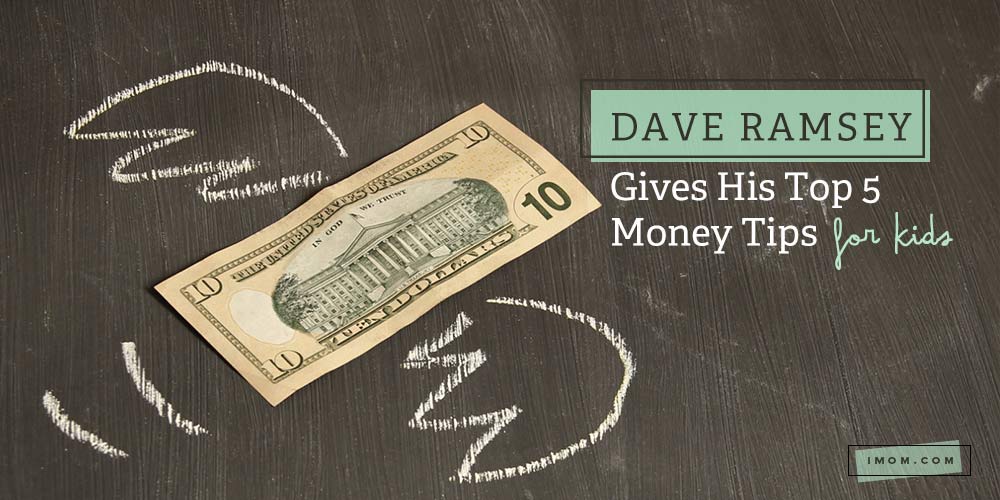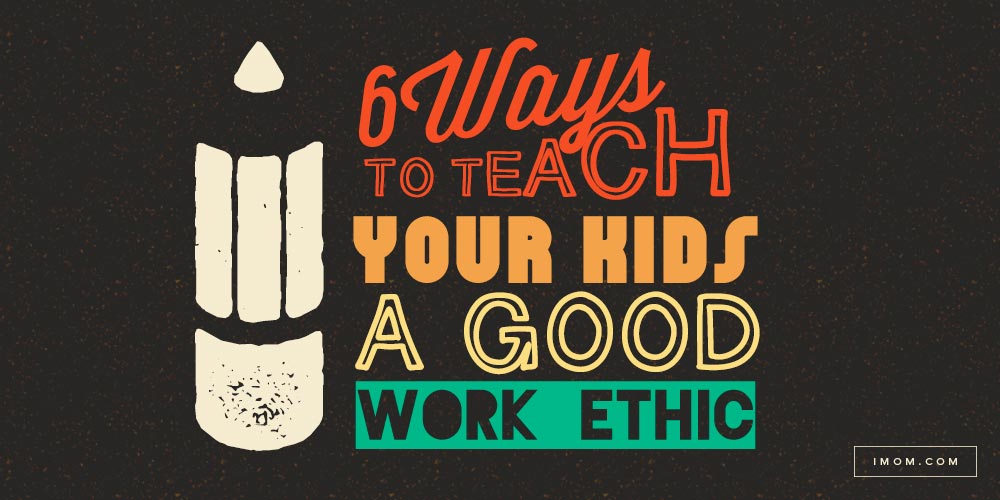The day I decided to give my kids an allowance was also the day I learned how to stitch up a couch cushion. My 5-year-old decided to test her scissor skills on our furniture and ended up paying for the repairs. And yes, I repaired it myself, but it was really about the principle—and my time is worth something, right? As my heartbroken daughter emptied her piggy bank, she begged for a way to earn back her lost funds, saved up from birthday money and odd jobs at grandma’s house. I immediately began planning a child allowance that would unlock doors to responsibility, money management, and decision making.
To save you from making some of our mistakes, here are a few things we learned along the way as well as what studies show about why you need to start giving your kids an allowance too.
Studies Show
According to a study published in the Journal of Economic Psychology, researchers Rona Abramovitch, Jonathan Freedman, and Patricia Pliner gave 60 girls and 60 boys aged 6-10 years either $4 in cash or $4 in credit to purchase items in a store. The results of the study were that the children who did NOT receive allowances at home spent more money than the other kids. The kids who received allowances spent less money overall (it didn’t matter if it was cash or credit), which meant they knew how to manage their money better.
Plan Ahead
Before you start handing over dollar bills, make sure everyone is clear on a few basics. Will allowance be tied to chores or paid independently of household responsibilities? Will it be earned on a per-task basis or as a lump sum? Is it paid daily, weekly, monthly? Consistency in paying the kids’ allowance is more important than you might think. It may not seem like a big deal to be a few weeks behind, but it is frustrating when a child begs for a $3 loan in the middle of Target because “Mom, you actually owe me $7 in allowance, anyway.” And trying to keep track of these loans and partial payments and remember them when we sit down to do allowance is a nightmare.
Teach money management
Again, the goal of an allowance should be to teach kids how to manage and budget their money. According to the American Institute of CPAs, the average allowance is $67.80 per month, with the vast majority of that money going toward buying toys or hanging out with friends. In fact, according to one study, “only 1 percent of parents say their kids save any of their allowances.” It is important for us, as parents, to remember that simply giving our children money won’t teach them to be responsible with it—it is up to us to make sure we are guiding them toward smart decisions.
In our house, each child has a set of three mason jars and is required to divide their allowance into three categories: sharing, saving, and spending. We also keep a register of all money they receive. It helps us to know what we owe (because yes, we do still get behind sometimes), it helps the kids to see how their money can add up, and it is a good tool for them to have down the road when trying to balance a checkbook or make a budget. Not to mention it’s good for their basic math skills.
This is also a good time to bring them into family financial discussions. You may not want to go through your budget line-by-line, but help them to see what goes into decisions about what groceries you buy, whether or not you use credit cards, taxes, and the many money decisions adults have to make every day. Like other important topics—manners, grades, the dangers of drugs—fiscal responsibility should be an ongoing conversation in our homes, not a one-time talk.
Saving and Budgeting
As children get older, use their allowance to teach about saving and budgeting. Their spending money should gradually become their entire budget—for going out with friends, for buying birthday presents, even (eventually) buying clothes and some other basics. They need to learn that buying those $100 jeans means a much smaller overall wardrobe, splurging on something for themselves might mean missing out on a movie with friends, and doing something special for a BFF might necessitate a sacrifice (and be worth it).
Regardless of the exact method or amount of an allowance, the lessons extend far beyond teaching kids not to beg for gum in the checkout line. The responsibility, money management and even generosity principles are beneficial for kids of any age.
What are your best money management tips for kids?










